
Genomes Genetic Material of a Species

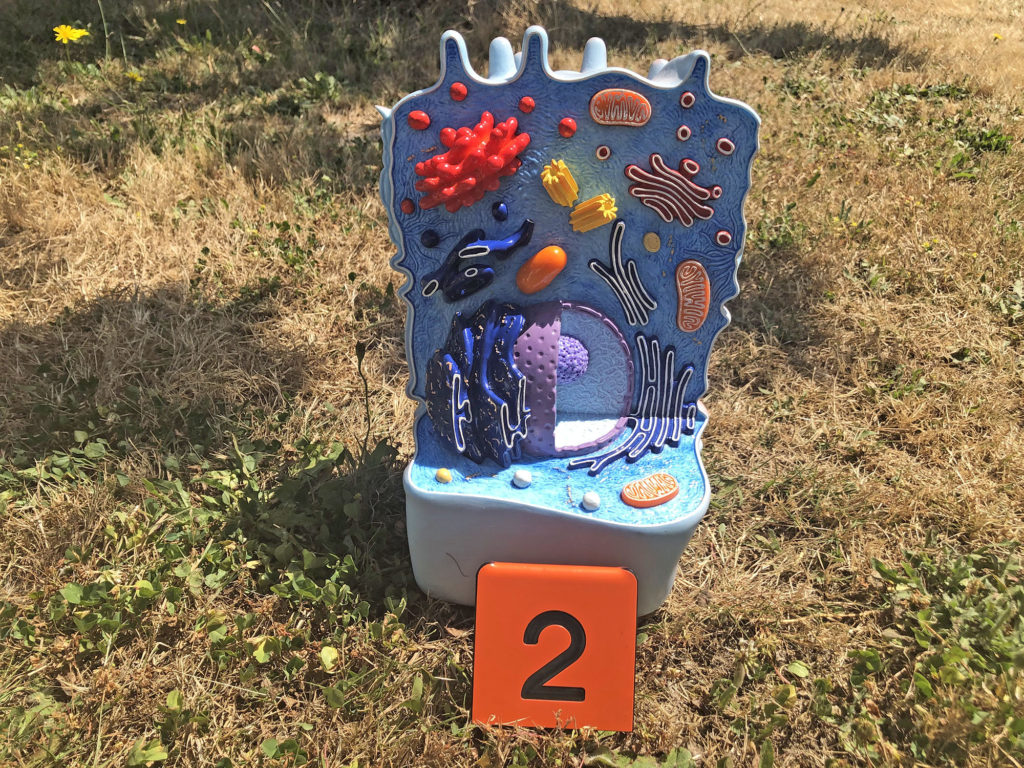
Genome Objectives
-
Compare and contrast the genomes of a variety of animal species, including how all organisms utilize the same genetic code.
-
Explain what is means to map a gene, including the basic process and historical use of fruit flies and crossover data.
-
Describe what epigenetics is and how environmental factors can impact DNA expression.
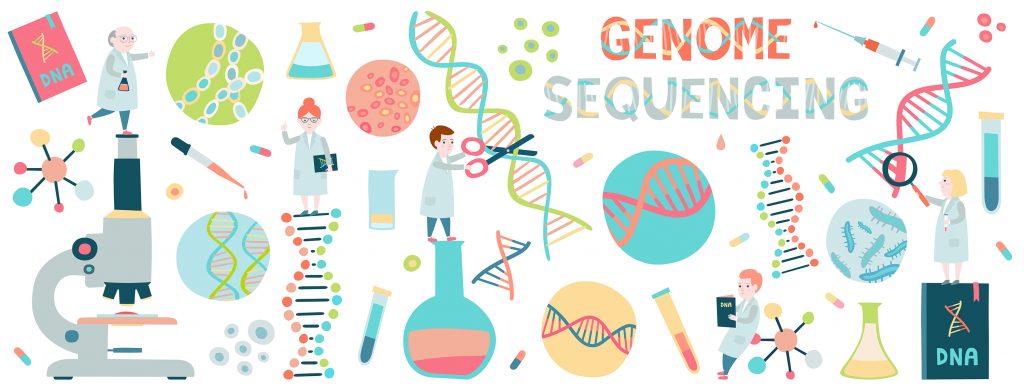
We usually talk about genomes at the species level: the genetic information individuals in a species share in common. Genomes of different species can be compared and contrasted.
This video introduces genomes, including how the human genome compares to other species.
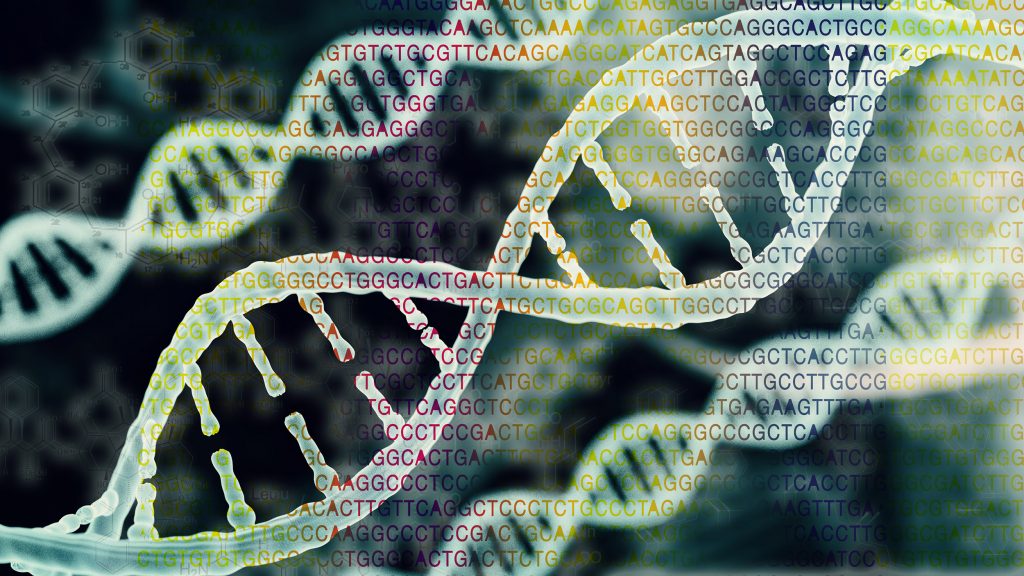
When discussing genomes, these are the most commonly used terms:
Genome Sequencing: this is determining the sequence of bases (A-C-G-T) in chromosomes that is commonly shared by members of a species.
Genome Mapping: this is locating the important functional areas, typically genes, within a chromosome.
Now we will take a closer look at gene mapping, locating the functional regions of chromosomes.
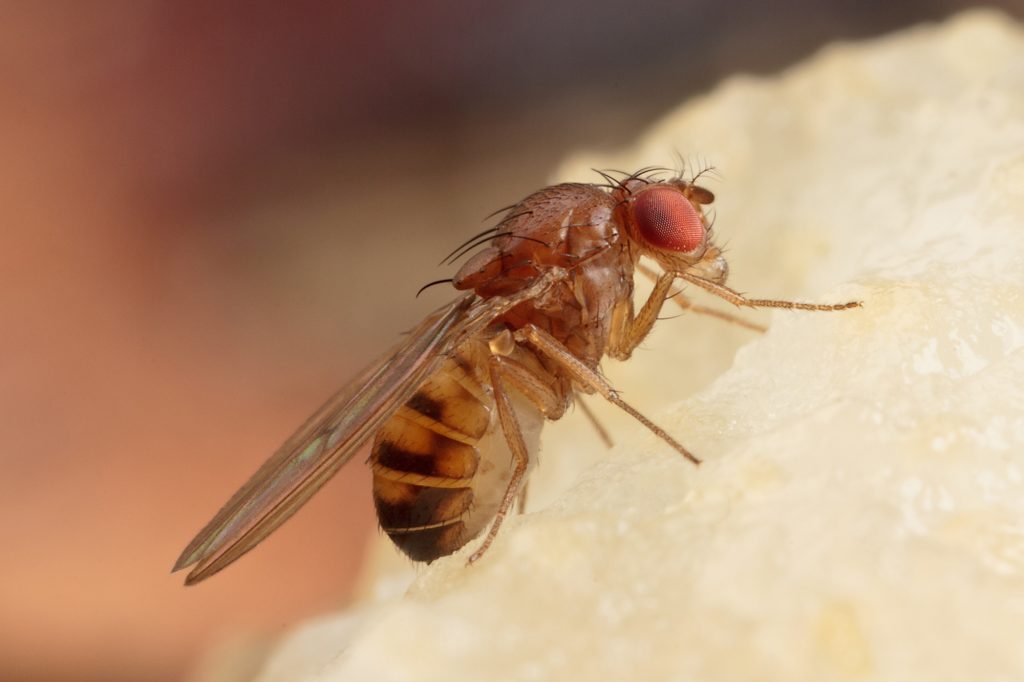
Gene mapping is locating genes in specific areas of chromosomal DNA. Much of the work on locating genes has been done in laboratory animals, including fruit flies.
This video provides an overview of fruit flies, including why they are used in genetics research. Fruit flies are so significant in studying inheritance, they will be introduced here and continue in the next section of this guide.
This is a colony of flightless fruit flies that have mutations rendering their wings incapable of flight. They do jump, but have difficulty eluding predators and are frequently used to feed reptiles.
The entire life cycle of the most common fruit fly (Drosophila melanogaster) is studied extensively, through its egg, larva, pupa, and adult stages. Fruit fly larvae are large enough that you can see physical details with minimal magnification.
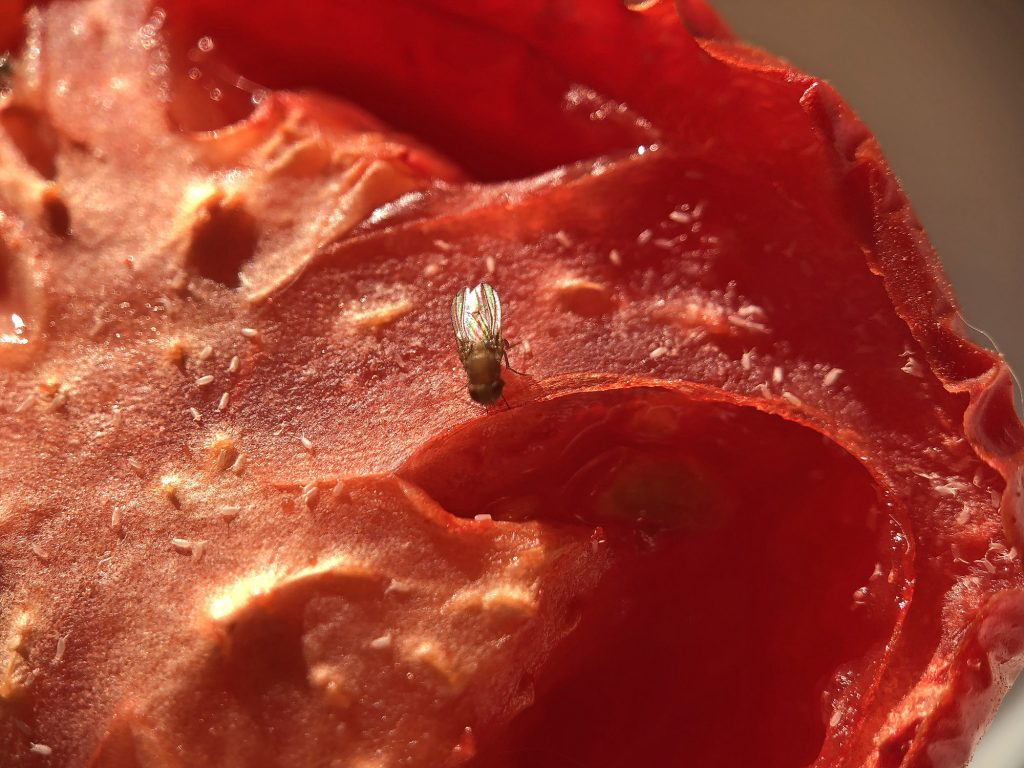
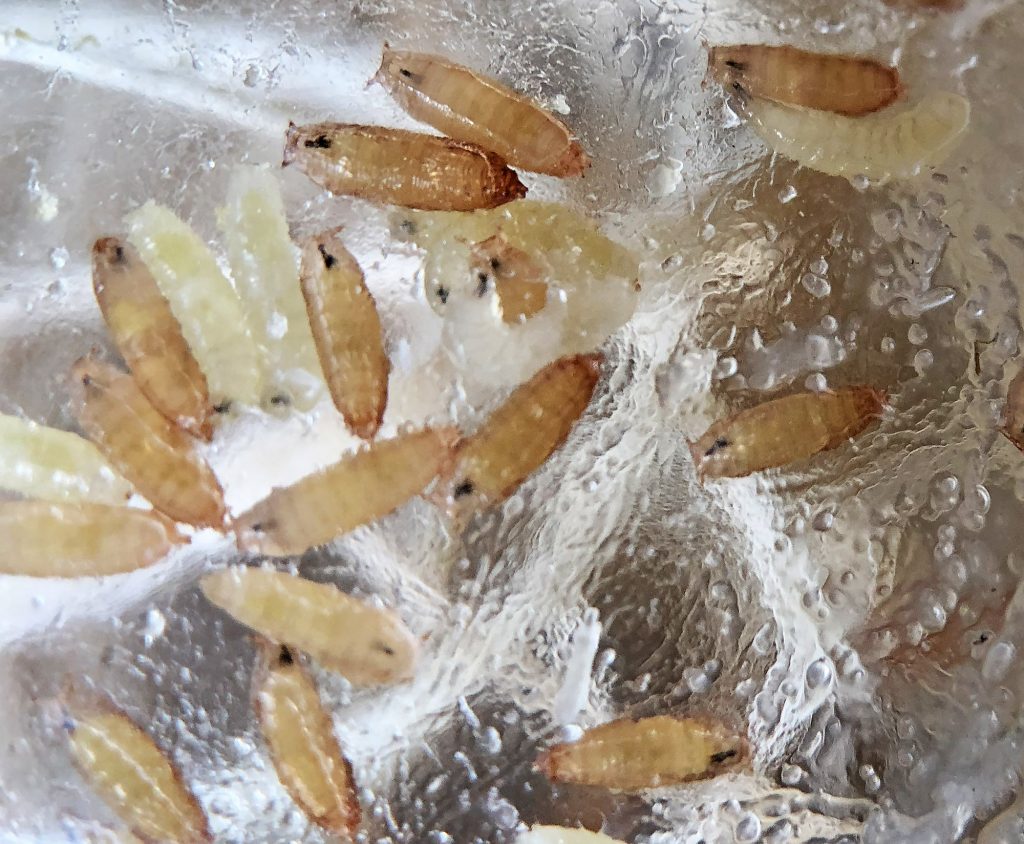
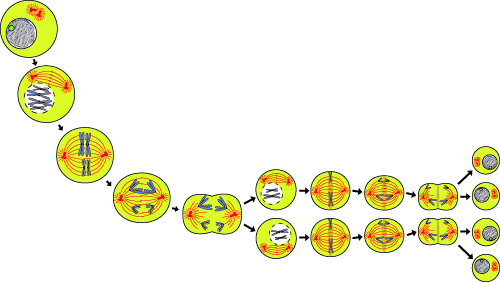
Fruit flies have been used extensively to study cellular processes, including meiosis. From the previous guide, meiosis produces _________ and _________.
During meiosis, when the chromosomes replicate, there is an opportunity for crossing over. This video demonstrates what this means and why it is significant.
In case you have never watched fruit flies for any length of time, you may be surprised that the adults exhibit complex behaviors in their short lives. We will have more on studying animal behaviors in module #4.
Our fruit fly colony has taken over the kitchen; in case you think they are defenseless, this is their response to being trapped in a container.
Epigenetics
For decades it was believed that only the inherited DNA sequences determined an organism’s genetic make-up. Now it appears that chemicals piggy-backing on the DNA molecule can alter its function. Epigenetics refers to chemicals attaching to DNA, altering how it is transcribed. The chemicals can be simple like a “methyl” group that is a simple molecule comprised of carbon and hydrogen.
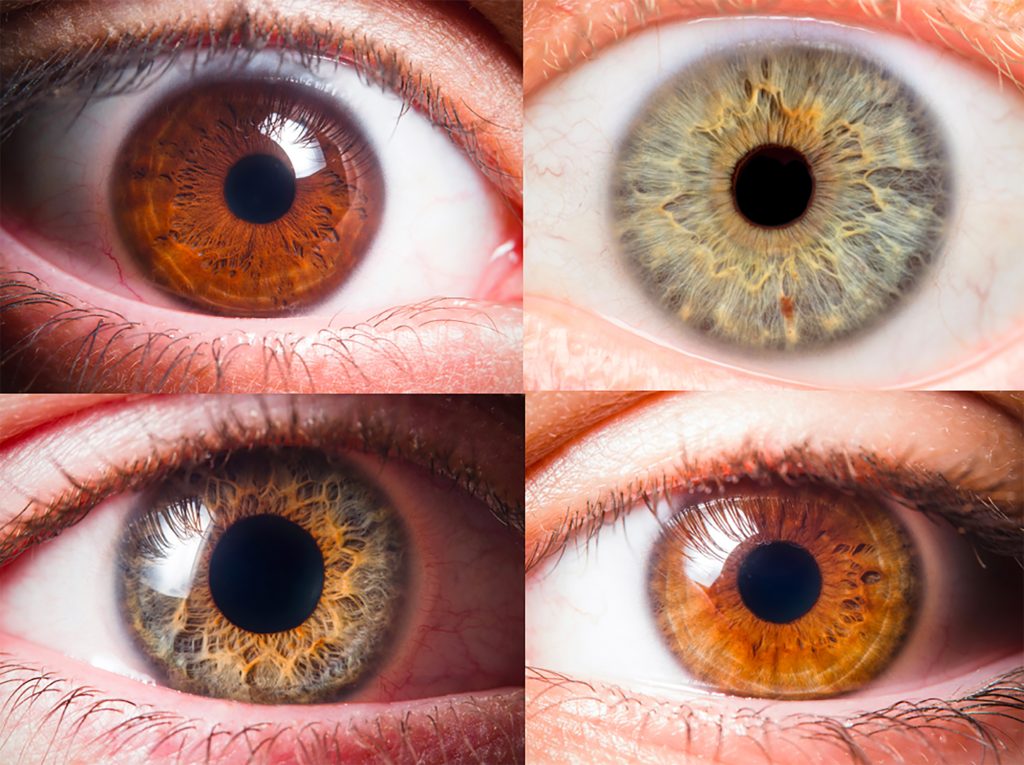
Iris color in human eyes is complex. Multiple genes impact production of different forms of melanin pigment. However, even taking multiple genes and their various allele versions into account, something else seems to be impacting the pattern and variation of pigments in the iris. Researchers wonder; could this be an example of epigenetics in action?
The paradigm shift from the widely accepted theory that only the bases of A-T-C-G in DNA determine inheritance to the epigenetic idea that chemicals piggy-backing on the DNA are inherited as well is re-writing genetics.
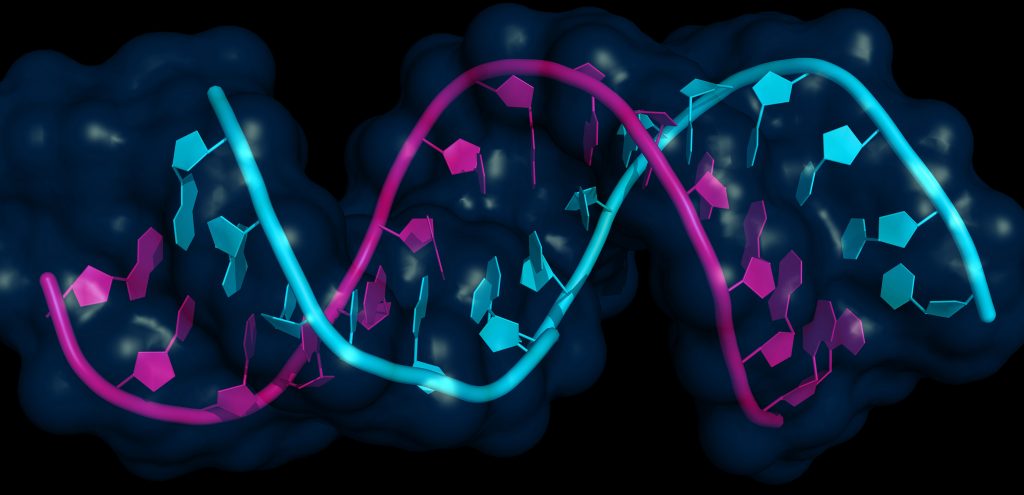
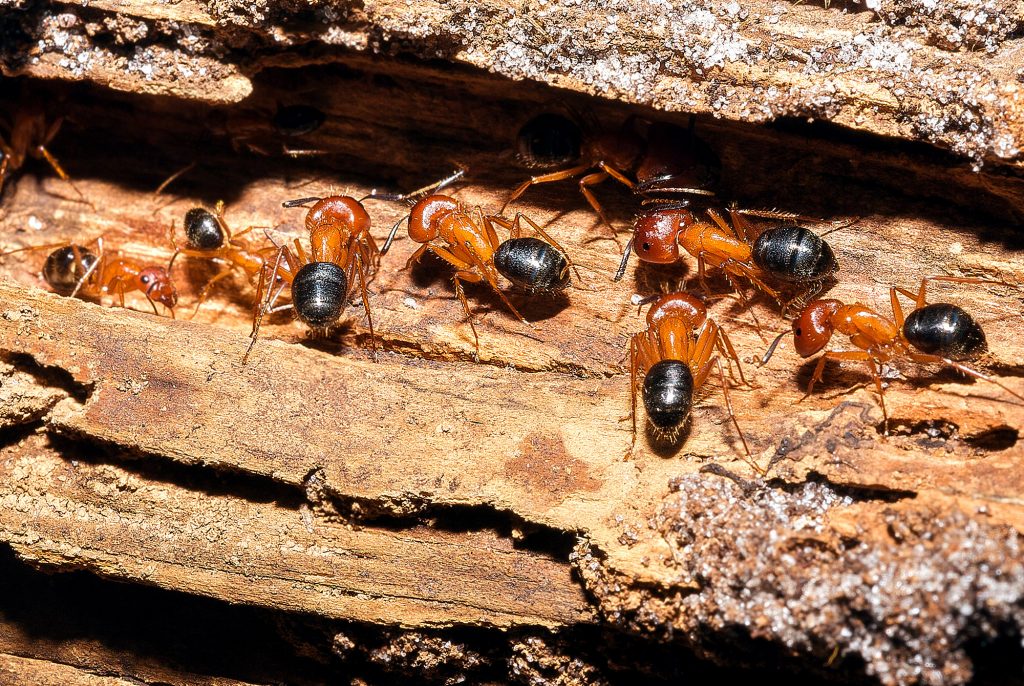
In some carpenter ant species, worker ants and the queen can be genetically identical, but have different shapes, sizes, and behaviors. Epigenetic factors, including DNA methylation and histone modification may alter gene expression.
If you take the eggs of mutant Drosophila melanogaster with white eyes and briefly heat the eggs, the adults will have red eyes instead of white eyes. O.K., that could be something to do with the heat impacting protein synthesis, but then it gets weird…
If these flies are again crossed, the following generations have mostly white eyes, but also some red eyes, even though the alleles of DNA passed on are all white eye recessive sequences. This suggests that something more than DNA is impacting phenotypes.
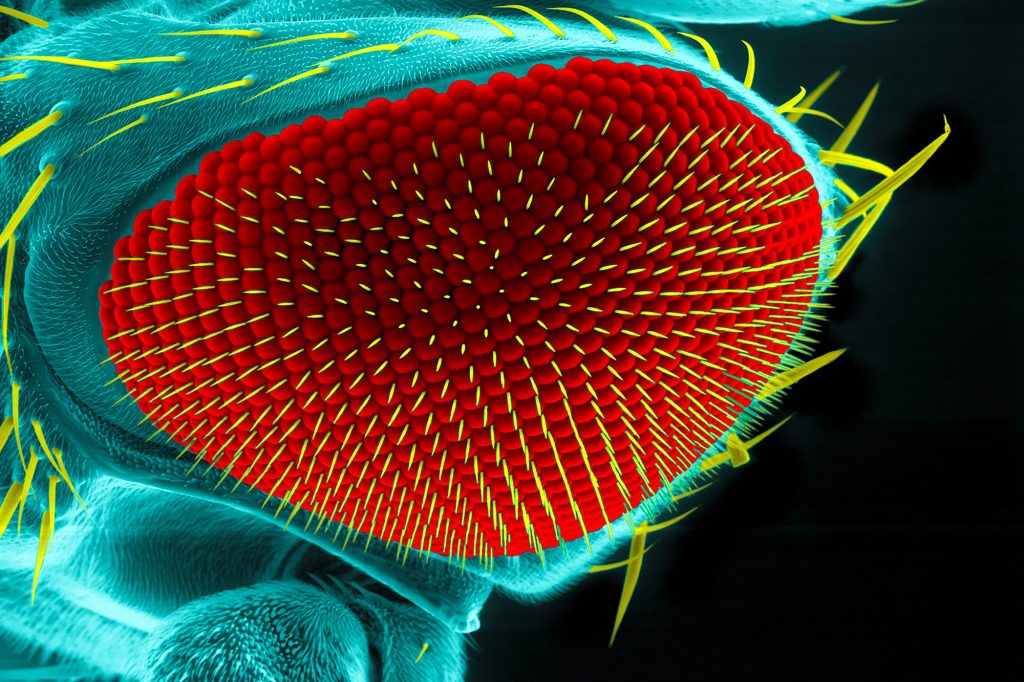
The potential impact of chemicals attaching to DNA will have to be taken into account when trying new genetic technologies, including cloning.
A concern with reproductive cloning is that chemical “bookmarks” may not be scrubbed from the donor chromosomes sufficiently; leading to premature aging of cloned offspring.
This video introduces the basics of reproductive cloning.
Now that we have the basics of protein synthesis and genomes, the next section introduces the techniques use to alter DNA.
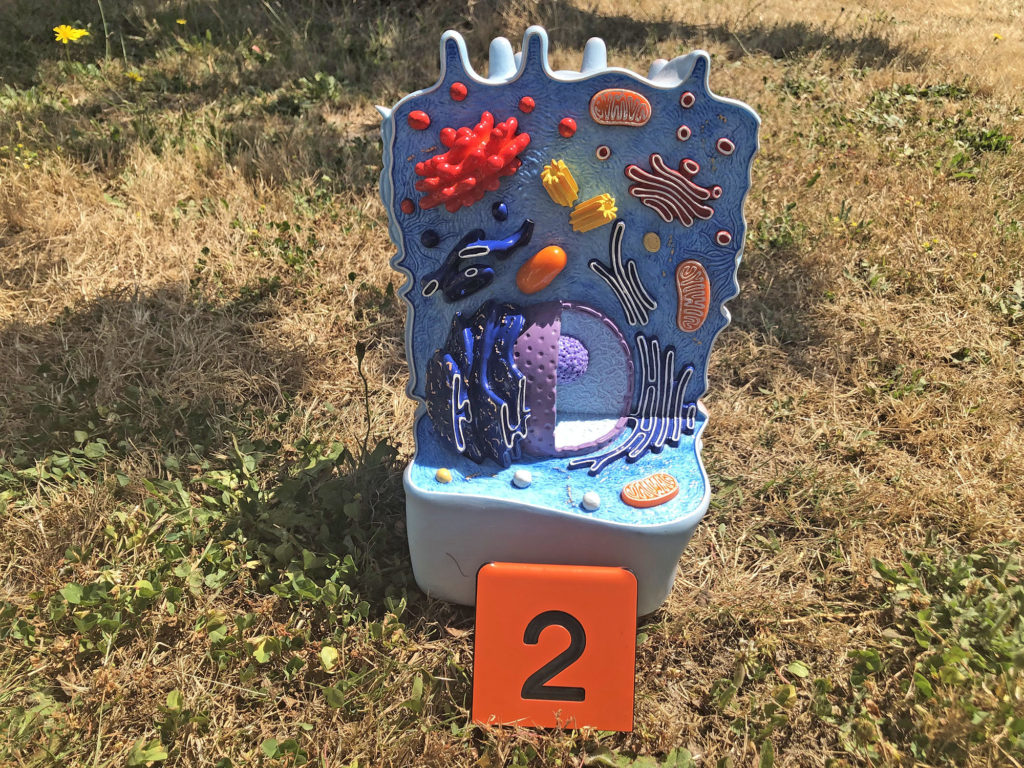
Check your knowledge. Can you:
-
compare and contrast the genomes of a variety of animal species, including how all organisms utilize the same genetic code?
-
explain what is means to map a gene, including the basic process and historical use of fruit flies and crossover data?
-
describe what epigenetics is and how environmental factors can impact DNA expression?



